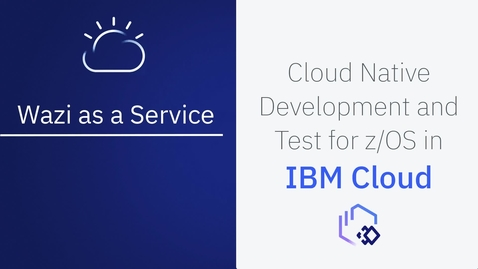In September the GSMA announced the ]the formation of the GSMA Post-Quantum Telco Network Taskforce with IBM and Vodafone as initial members. The goal is to help define policy, regulation, and operator business processes for the enhanced protection of telecommunications in a future of advanced quantum computing.
GSMA Post Quantum Telco Network
The industry needs this because unlike today’s computers that rely on bits for calculation, quantum computers harness the exponential power of quantum bits (qubits). The result can be a complicated, simultaneous mix of 1s and 0s, creating the potential to solve extremely complex problems that challenge even the most powerful supercomputers today.
According to the announcement, the GSMA Post-Quantum Telco Network Taskforce expects to help define requirements, identify dependencies, and create a roadmap to implement quantum-safe networking, mitigating the risks associated with future, more-powerful quantum computers. Without quantum-safe controls in place, sensitive information such as confidential business information and consumer data could be at risk from attackers who harvest present-day data for later decryption.
The group noted that the World Economic Forum recently estimated that more than 20 billion digital devices will need to be either upgraded or replaced in the next 10-20 years to use the new forms of quantum-safe encrypted communications.
“Only by working together to establish consistent policies, can we define quantum-safe approaches that protect critical infrastructure and customer data, and complement our ongoing security efforts to increase resiliency in future networks,” said Alex Sinclair, the GSMA’s Chief Technology Officer.
To address the challenges presented by emerging quantum technology, the U.S. National Institute of Standards and Technology (NIST) announced in July 2022 that it had chosen the first four post-quantum cryptography algorithms to be standardized for cybersecurity in the quantum computing era.
IBM, a leader in cryptography and pioneer in quantum technology – with the world’s largest fleet of cloud-accessible quantum computers – contributed to the development of three of NIST’s four chosen post-quantum algorithms.
“Given the accelerated advancements of quantum computing, data and systems secured with today’s encryption could become insecure in a matter of years. IBM is pleased to work with the GSMA Post-Quantum Telco Network Taskforce members to prioritize the telco industry’s move to adopt quantum-safe technology,” said Scott Crowder, Vice President of IBM Quantum Adoption and Business Development.
“In a modern hybrid cloud world, communications services and compute technologies are interconnected and underpin all industries, which means the adoption of quantum-safe cryptography in telecom will affect all enterprises and consumers. This taskforce will support the telco industry by creating a roadmap to secure networks, devices and systems across the entire supply chain,” adds Steve Canepa, General Manager, Global Industries, IBM.
The GSMA Post-Quantum Telco Network Taskforce will convene to drive consensus and adoption in this new field and it will be oriented across three areas:
- Strategy – to integrate quantum-safe capabilities into telco network operators’ technology, business processes and security.
- Standardization – to identify the needs and common alignments for the integration of quantum-safe capabilities into existing telco networks.
- Policy – to advise on telco network public policy, regulation and compliance and to ensure scale across the industry.
Ironically, future quantum computing could inherently undermine the very cryptographic principles we rely on today. I guess that’s what the GSMA task force is expected to resolve.
Alan Radding is DancingDinosaur, a veteran information technology analyst, writer, and ghostwriter. Follow DancingDinosaur on Twitter.

